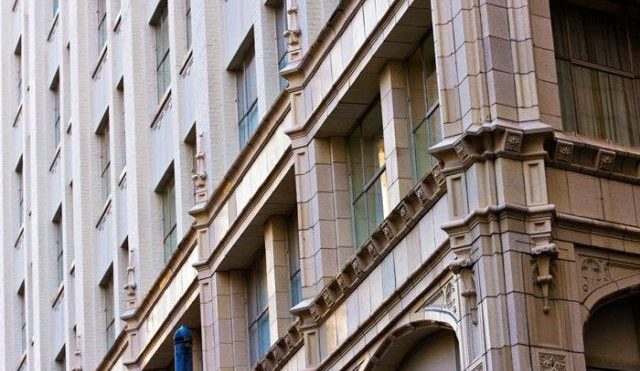Before a historic building can be renovated, a thorough forensic analysis must be performed to better understand its underlying structure. Forensic architecture teams consist of architects, engineers, and designers who analyze the flaws and materials used in a building’s original construction and past renovations, a critical process that helps to ensure a safe renovation, match new materials to those originally used, and address existing code compliance issues. Here’s a closer look at these three essential functions of forensic architecture.
Investigating Flaws in an Underlying Structure and Mitigating Extra Costs
Renovating and restoring historic buildings is a complex process of meeting a new vision for a structure while also maintaining and improving upon aspects of its original function. This cannot be achieved if the building’s original construction or past renovations are filled with structural flaws, hazards, or malfunctioning mechanical structures. Forensic architecture teams conduct in-depth research and study buildings in the field to locate these problems and develop proactive solutions. When forensic architecture is used in a project from the start, there is less risk of potential issues down the road, which mitigates the risk of extra costs for renovations in the future.
Sourcing Authentic Materials
Historic building renovations also try to preserve and restore elements of the original structure to maintain the site’s historic character and value. By analyzing a building’s underlying design and original materials, forensic architecture teams can better understand its history and more accurately acquire new, matching materials. Architects and designers frequently work with international vendors to locate authentic materials that restore and honor a building’s original design.
Addressing Code Compliance Legal Issues
Unfortunately, older buildings are more likely to have out-of-date mechanical, HVAC, plumbing, electrical, and safety systems, as well as structural features that aren’t compliant with modern codes and regulations. Forensic analysis allows architects and engineers to identify these problems and remedy them so that the new renovation complies with the law. It’s also useful in a variety of legal cases in which premises liability and standards of care compliance must be determined.
Why Forensic Architecture Is Important to Fort Worth Now
The Fort Worth skyline is rich with postmodern, art deco, and revival architecture. Many of our notable buildings, including the Texas & Pacific Complex, Will Rogers Memorial Center, The Sinclair Building, and 714 Main, are coming of age where forensic architecture is essential for any type of update or remodel. Hiring an architecture firm with the skill set and experience to perform this type of deep dive on our city’s oldest buildings not only restores our precious historical buildings to their original glory, but also protects the structural integrity of these beloved members of our skyline to keep our citizens safe and our culture vibrant. However, the need for forensic architecture extends beyond the downtown area since there are buildings speckled all over our city in need of a refresh. With forensic architecture, we can protect our people, our history, and our culture for generations to come.
Safe, effective historic building renovations and restorations are only possible when the structure has been thoroughly investigated by experienced architects, engineers, and designers. Our team at Pascal Architects has extensive experience with forensic analysis and historic preservation in New Orleans, New York, and Fort Worth. To learn more about our forensic process and how we can help with your next project as your forensic architecture partner (even on an existing project), please email P. Mark Culotta, our Pascal Architects President and CEO.

